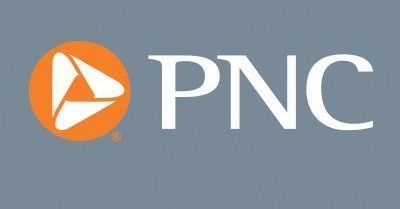 With Drags from Boeing Strike, Hurricanes
With Drags from Boeing Strike, Hurricanes
- Industrial production fell for a second straight month in October, as did manufacturing production. The Boeing strike and hurricanes were drags.
- The capacity utilization rate also fell in October.
- Industrial production has been flat for the last two years.
- Lower interest rates should support a modest recovery in IP in 2025. However, potential high tariffs add uncertainty to the outlook.
- There are few inflationary pressures coming from the industrial sector.
Overall industrial production fell 0.3% in October from September, according to the Federal Reserve. IP fell 0.5% in September (revised lower from a 0.3% decline). According to the Fed the machinists strike at Boeing reduced IP by 0.2 percentage point in October, with a 0.3 percentage point reduction in September. Hurricanes Helene and Milton reduced production by 0.1 percentage point in October.
Manufacturing output fell 0.5% in October, the biggest drop since July. Manufacturing output was down 0.3% in September. Mining output rose 0.3% in October, with utilities output up 0.7%.
On a year-ago basis total IP was down 0.3% in October, with manufacturing production also down 0.3%.
The capacity utilization rate fell to 77.1% in October from 77.4% in September, and is down from a cyclical peak of above 81% in early 2022. The manufacturing capacity utilization rate fell to 76.2% in October from 76.7% in September; it peaked at around 80% in early 2022.
It is difficult to get a read on the industrial side of the economy in October, with the Boeing strike and the hurricanes disrupting activity. The November numbers should be cleaner with the strike settled. But the overall picture is one of no growth in the industrial sector. After a strong recovery from the pandemic, both overall and manufacturing production have been flat for the past couple of years. Consumers purchased a lot of goods in the immediate aftermath of the pandemic, but since then then have held their goods spending steady. High interest rates have been a drag on purchases of consumer durable goods and business equipment. Production of housing-related goods has fallen as high mortgage rates and very low affordability have weighed on residential construction and existing home sales. And weak global growth has also been a constraint on the industrial sector.
With the Federal Reserve now cutting interest rates industrial activity should pick up somewhat in 2025. Lower financing costs will boost consumer purchases of durable goods, business capital spending, and residential construction. The potential for big tariff increases under the Trump administration are mixed for the industrial sector. Higher costs for imports could provide a boost to domestic manufacturers. But higher prices could weigh on domestic output, even if corporate profitability improves. In addition, many U.S. manufacturers use imported inputs, so tariffs could boost their costs. And retaliation by U.S. trading partners could weigh on exports.
There are few inflationary pressures from the industrial sector. With spare capacity and little demand growth, manufacturers’ pricing power is limited. Consumer goods prices are down over the past year, contributing to the ongoing slowing in inflation.
The PNC Financial Services Group, Inc. is one of the largest diversified financial services institutions in the United States, organized around its customers and communities for strong relationships and local delivery of retail and business banking including a full range of lending products; specialized services for corporations and government entities, including corporate banking, real estate finance and asset-based lending; wealth management and asset management. For information about PNC, visit www.pnc.com.














